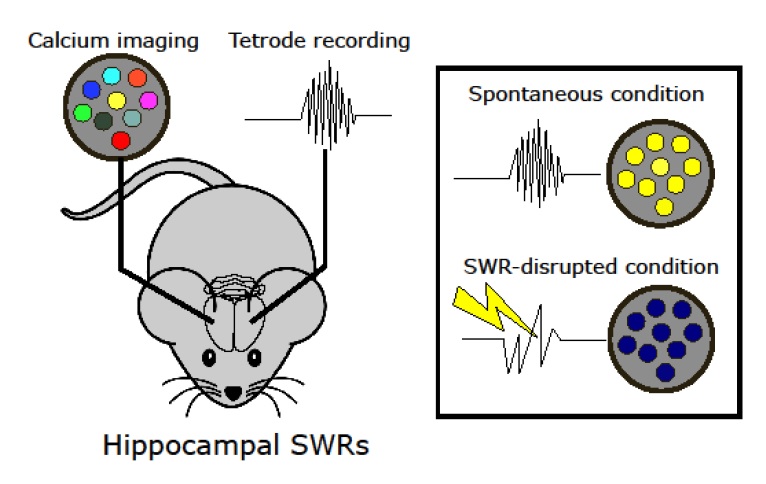Articles
Article Tools
Stats or Metrics
Article
Technologue
Exp Neurobiol 2022; 31(3): 208-220
Published online June 30, 2022
https://doi.org/10.5607/en22011
© The Korean Society for Brain and Neural Sciences
Simultaneous Cellular Imaging, Electrical Recording and Stimulation of Hippocampal Activity in Freely Behaving Mice
Chae Young Kim1,2, Sang Jeong Kim1* and Fabian Kloosterman2,3,4,5*
1Department of Physiology, Seoul National University College of Medicine, Seoul 03080, Korea, 2NERF, Leuven 3000, 3Brain & Cognition, KU Leuven, Leuven 3000, 4VIB, Leuven 3001, 5imec, Leuven 3001, Belgium
Correspondence to: *To whom correspondence should be addressed.
Fabian Kloosterman, TEL: 32-16-28-35-14
e-mail: fabian.kloosterman@nerf.be
Sang Jeong Kim, TEL: 82-2-740-8229, FAX: 82-2-763-9667
e-mail: sangjkim@snu.ac.kr
This is an Open Access article distributed under the terms of the Creative Commons Attribution Non-Commercial License (http://creativecommons.org/licenses/by-nc/4.0) which permits unrestricted non-commercial use, distribution, and reproduction in any medium, provided the original work is properly cited.
Abstract
Hippocampal sharp-wave ripple activity (SWRs) and the associated replay of neural activity patterns are well-known for their role in memory consolidation. This activity has been studied using electrophysiological approaches, as high temporal resolution is required to recognize SWRs in the neuronal signals. However, it has been difficult to analyze the individual contribution of neurons to task-specific SWRs, because it is hard to track neurons across a long time with electrophysiological recording. In this study, we recorded local field potential (LFP) signals in the hippocampal CA1 of freely behaving mice and simultaneously imaged calcium signals in contralateral CA1 to leverage the advantages of both electrophysiological and imaging approaches. We manufactured a custom-designed microdrive array and targeted tetrodes to the left hippocampus CA1 for LFP recording and applied electrical stimulation in the ventral hippocampal commissure (VHC) for closed-loop disruption of SWRs. Neuronal population imaging in the right hippocampal CA1 was performed using a miniature fluorescent microscope (Miniscope) and a genetically encoded calcium indicator. As SWRs show highly synchronized bilateral occurrence, calcium signals of SWR-participating neurons could be identified and tracked in spontaneous or SWR-disrupted conditions. Using this approach, we identified a subpopulation of CA1 neurons showing synchronous calcium elevation to SWRs. Our results showed that SWR-related calcium transients are more disrupted by electrical stimulation than non-SWRrelated calcium transients, validating the capability of the system to detect and disrupt SWRs. Our dual recording method can be used to uncover the dynamic participation of individual neurons in SWRs and replay over extended time windows.
Graphical Abstract

Keywords: Hippocampus, Brain wave, Calcium, Electrophysiology


